| Your browser is not supported. | ||
|
Please browse our site using any of the following options:
| ||
How to catch BIG flathead on soft plastics
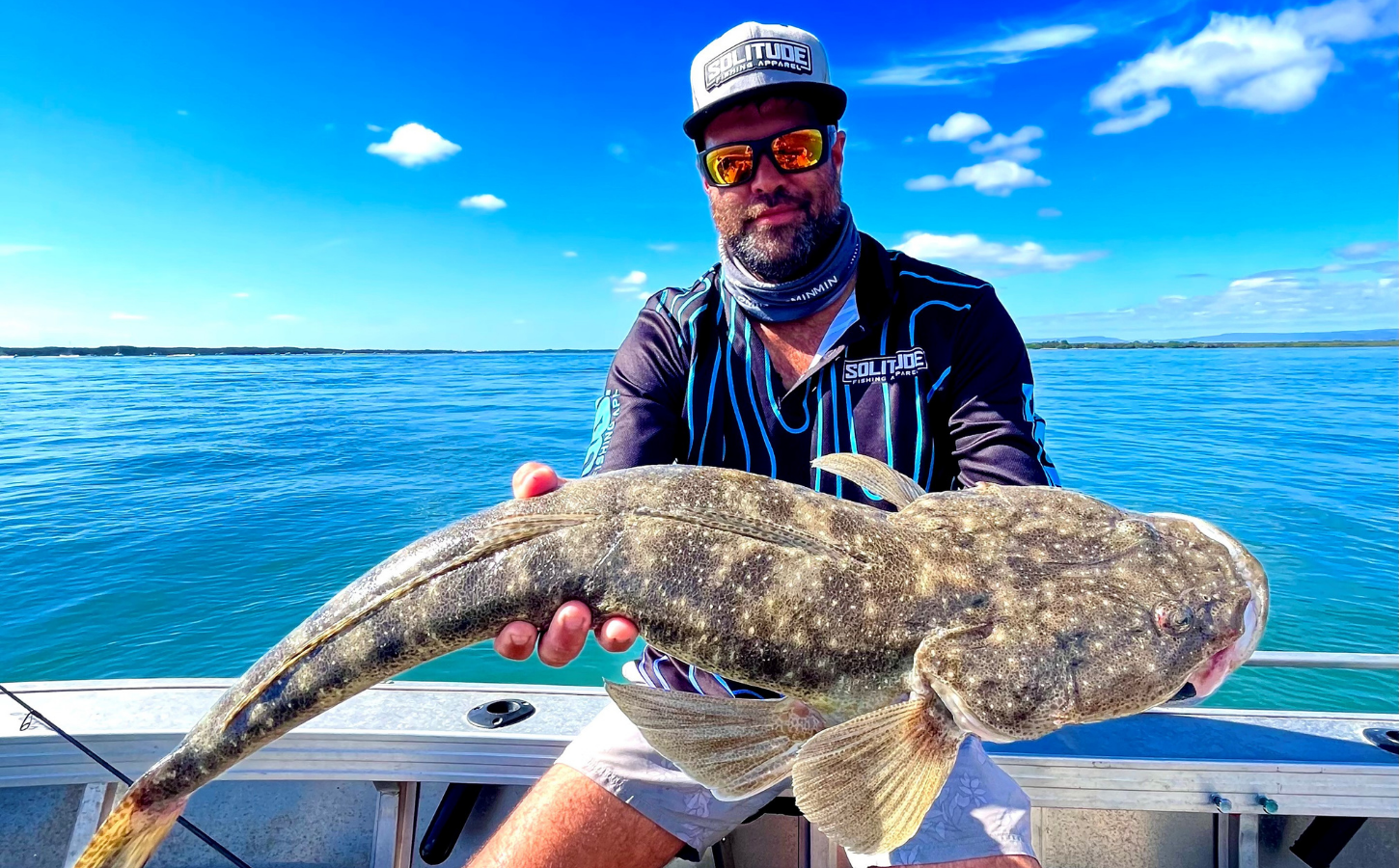
Flathead are my all-time favourite fish to chase on soft plastics, and it's no surprise they are one of the most popular species to target along the east coast of Australia. They can be caught all year round and the same techniques can be used to catch big and small fish alike. However, when it comes to flathead fishing, there are definitely a few tips and tricks to stack the odds in your favour when targeting that monster flatty.
Gearing up
Even though plenty of anglers have caught big flathead on light gear, you're far more likely to lose that bigger fish using the standard 8 - 10lb setup.
Flathead have raspy mouths and will wear through a light leader quite easily if given the chance. When flathead fishing, I like to fish with 14lb leader in the shallows and 20lb out in the deep, and I haven't seen any noticeable reduction in the amount of hits when fishing heavier. For the main line, I only fish with braid and opt for 10 - 12lb in the shallows and 14 - 20lb out deep. I like going a bit heavier when fishing deep water as I'm always working around a lot of structure.
Any spin reel with a smooth drag ranging from 2500 - 4000 series will do the trick, however, a high gear model is preferred when fishing in shallow water (more on this later).
Graphite rods with a medium to heavy action are a must to ensure a good hook strike. I run a 3 - 6kg rod on my 2500 reels and 4 - 8kg on my 4000 reels. I've found 7 foot rod lengths to be the most effective for myself as they cast a good distance but aren't long enough to make things difficult when trying to land fish.
The best advice I can give to anyone is to pick a setup that feels good in your hands. You'll be spending hours and hours casting, so make sure it feels comfortable.
Soft plastics & jig heads
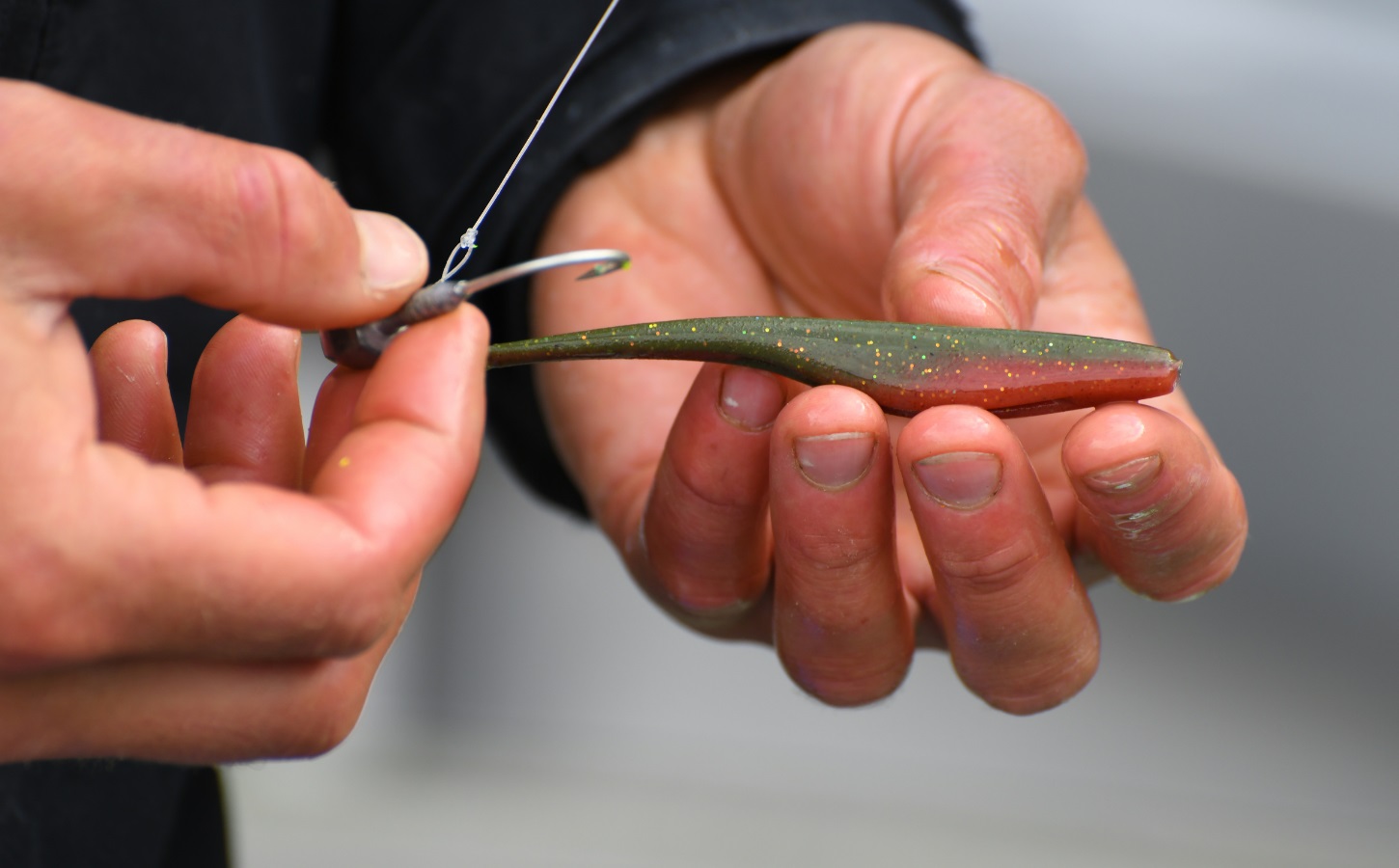
The most commonly asked question I receive is - what soft plastics do you use? Contrary to popular belief, the most important thing I can say is that colour does matter! I can't tell you how many times a change in colour has instantly caught me fish and turned my session around. The rule of thumb here is dark or bright colours in dirty water and natural colours in clean water. Don't be afraid to keep changing it up until you start getting hits. The more you fish, the more you will start noticing certain colours work better at different depths and at different parts of the tide (as water clarity changes). My favourite style to use are paddle tails, but I've seen people have plenty of success with jerkshads, curly tails, large slapstix styles and prawn imitations. I think it comes down to personal preference and a good angler will catch fish on any of the above.
Size is also very important. Even though I've seen people catch gigantic flathead on soft plastics as little as 2.5 inches, I personally go flathead fishing with a minimum of 4 inches. Weirdly enough, I've had better luck catching quality sized fish on 4 inch plastics than larger ones. I will however fish with 5 - 6 inch plastics when jigging in the deep as they pair up with bulkier jig heads much more nicely.
The three most common jig heads I have in my tackle bag are 1/4, 3/8 and 1/2 ounce weights with 3/0 and 5/0 hooks. I'd place far more importance on the weight over hook size, since their large mouths will engulf most sensibly sized hooks. Just make sure your plastic has good hook exposure (the bigger the plastic, the more likely you'll need a 5/0). Large flathead are far smarter at this size, so you need to make your presentation look as natural as possible by using the lightest weight you can. Just make sure you are still getting to the bottom on every pause.
In the deep
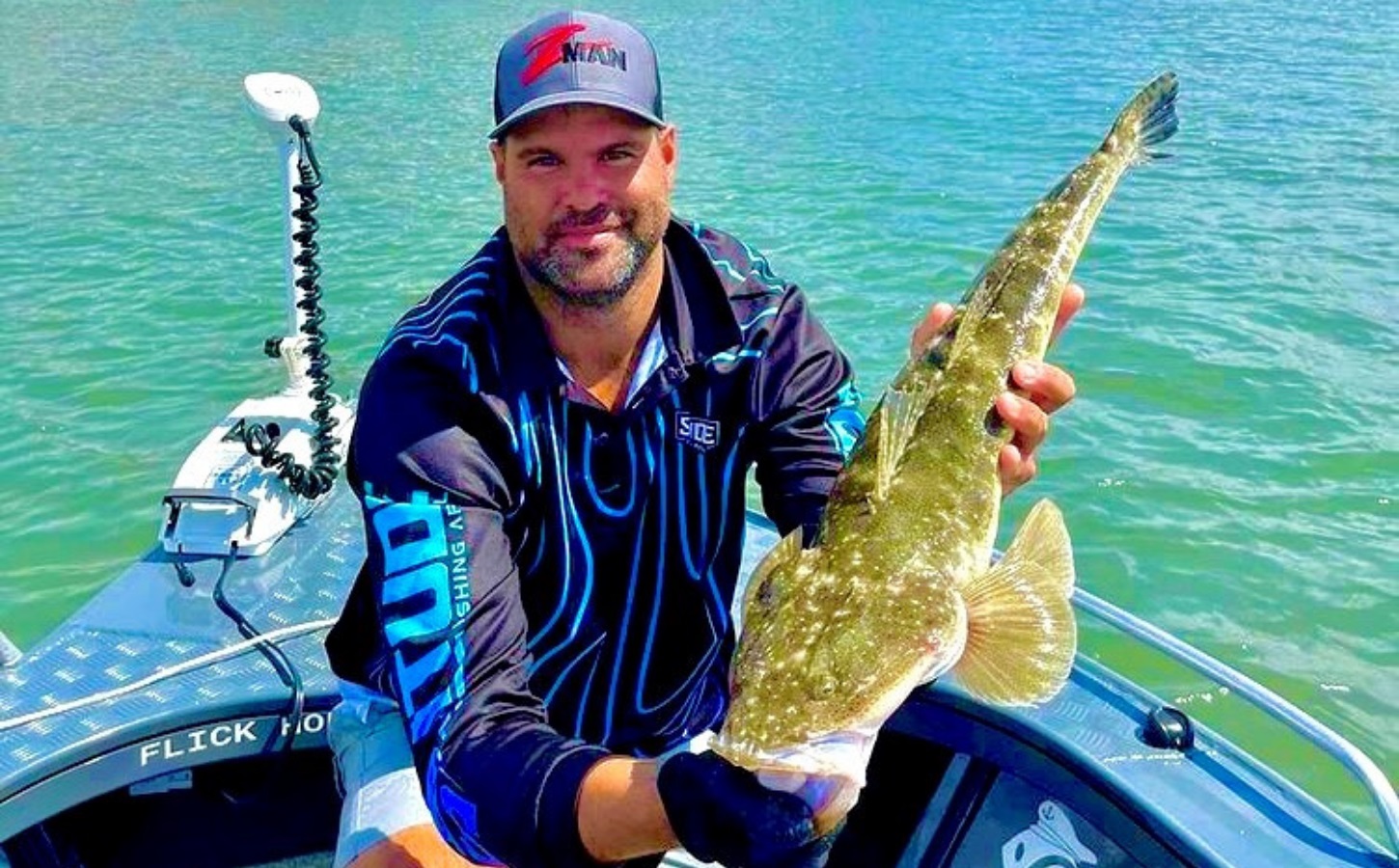
Large flathead congregate in the lower reaches when spawning and this is a great time to chase them around deeper river mouths and entrances. Once located, they can be stacked in really big numbers and are more often high-quality fish. They won't be sitting in just any deep water though and you will need to fish bottoms with good structure. This is when a bit of sounder work comes into play. Look for drop offs, rocky bottoms mixed with sand or fallen timber. If there's plenty of bait holding around that area, then you are probably in a great spot.
My favourite method is to jig larger plastics on heavier jig heads such as a 1/2 or 1 ounce weight depending on the current. You will want to keep your plastic vertical to your rod tip for it to work most effectively and reduce snags. A simple raise or double flick will get their interest, then drop your lure back down to the bottom (this is when you are most likely to get a hit). An electric motor is also very handy when fishing this style as you can control the drift of your boat to match the speed your plastic is moving.
In the shallows
You will be surprised how shallow big flathead will lay in wait for their prey. I constantly catch them in water as low as 30cm. Flathead will be up on sandbanks or mangrove edges around the high tide followed by drains, weed edges and drop offs on the low. Just be prepared for those bigger flathead to run straight back out at you when they hit your plastic, as they'll quite often head straight for deeper water. You need to wind in that slack as quickly as possible so you can get a good hook set, this is where the high gear reels come in handy.
Release healthy
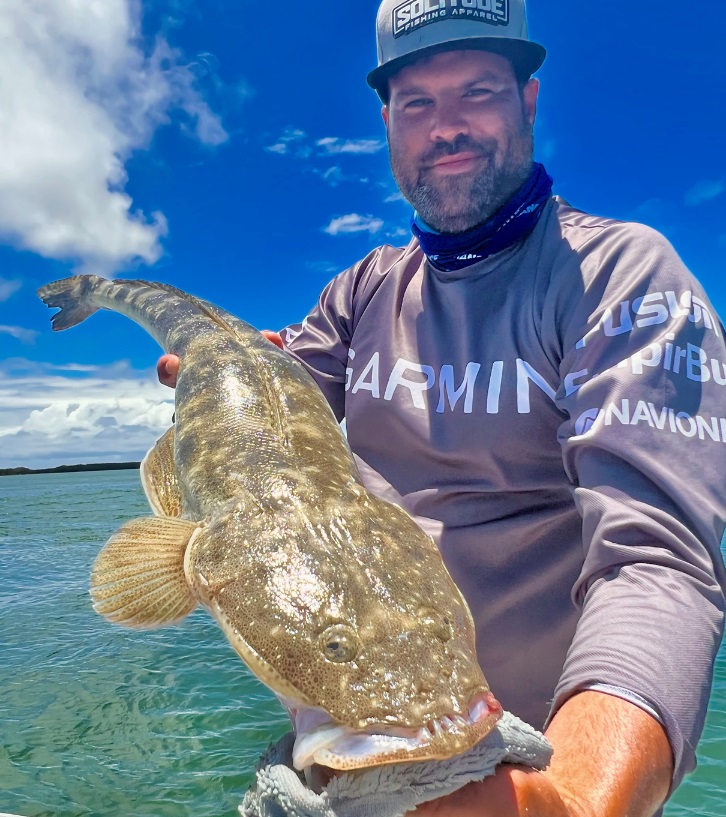
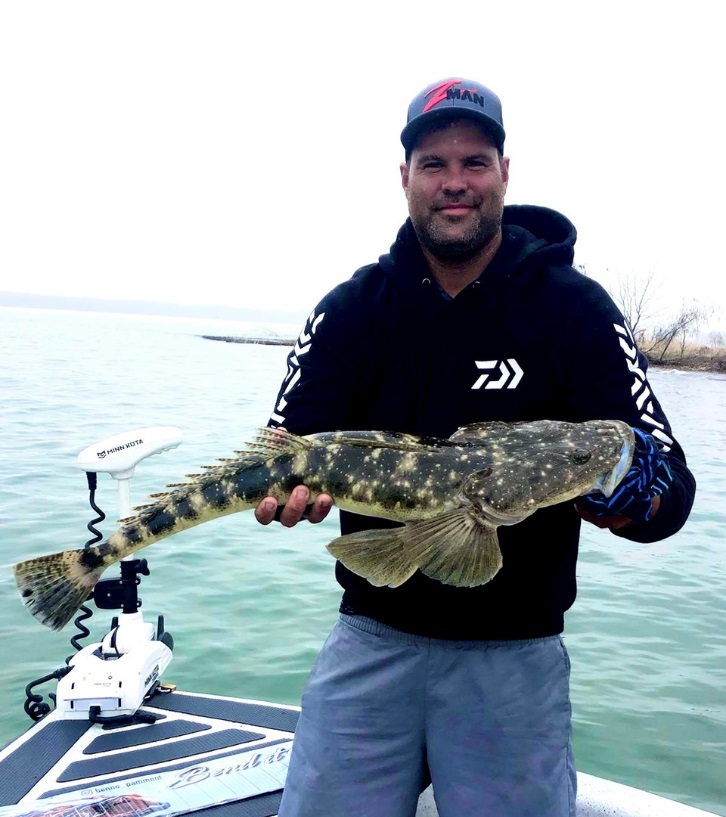
When flathead fishing, always remember: never use lip grips on large flathead as you can damage their mouths. Instead, use a wet rag to hold the fish and make sure you support its weight by placing your other hand under its body. I also like to wet my brag mat before measuring any fish to avoid removing their natural slime/oil.
Find your local Anaconda store or browse online to check out our extensive range of fishing gear for your next flathead session.
For more helpful information and tips on everything fishing and more, check out our huge range of fishing guides.